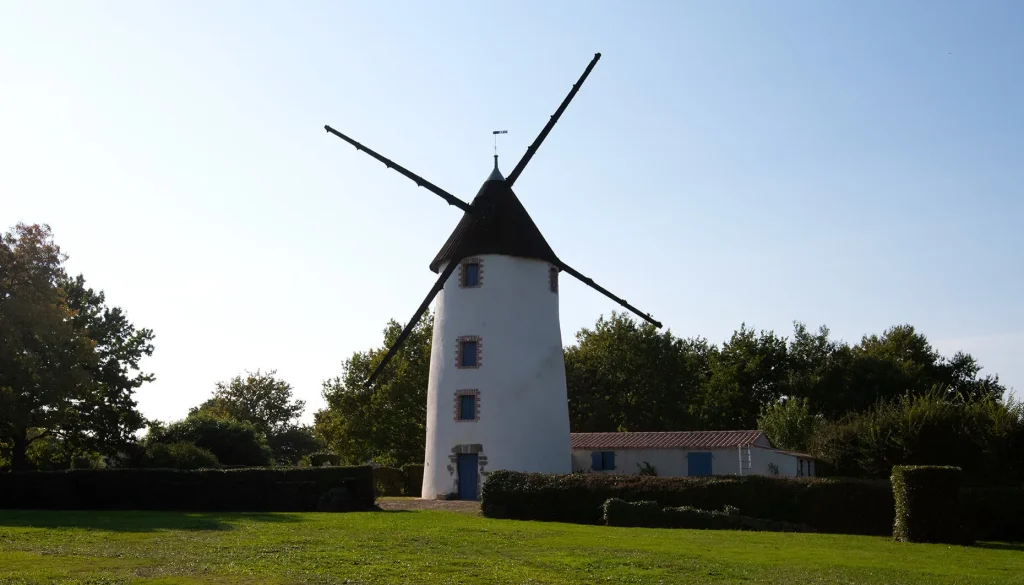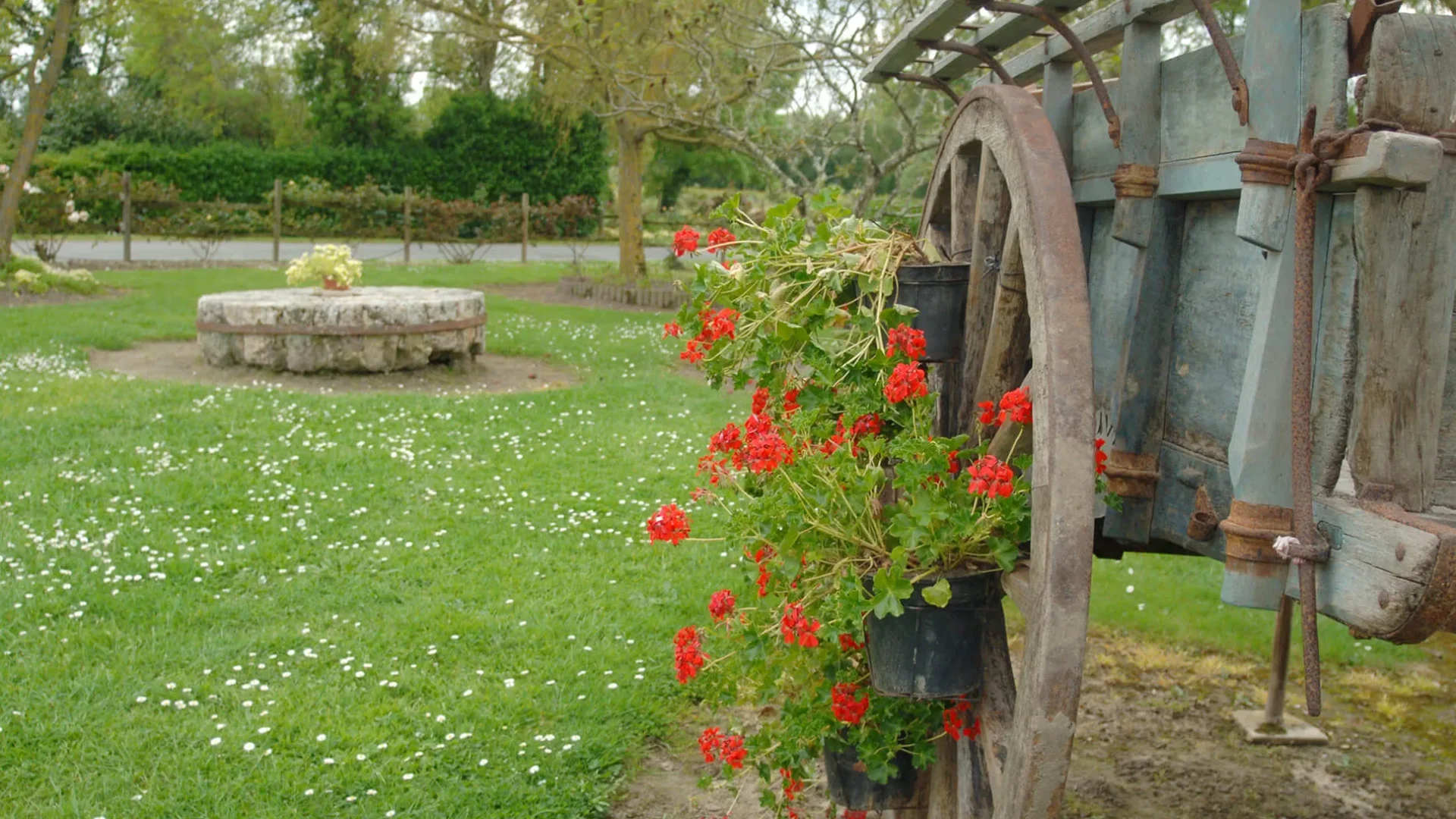The feudal motte
La Mottée, 7 metres high, was probably erected in the 8th century to defend the coast against Norman invasions. The earthen mound probably dates back to Merovingian times, when it served as a burial place for great warriors. Prior to this, a wooden watchtower must have existed on the mound. In 1858, excavations established that the mound was on the site of an ancient Roman camp. During this period, the Roman road from Ampennum passed through the commune of Châteauneuf. A statue of Notre-Dame-de-Lourdes has stood on the mound, which has been listed as a Historic Monument, since 1875.
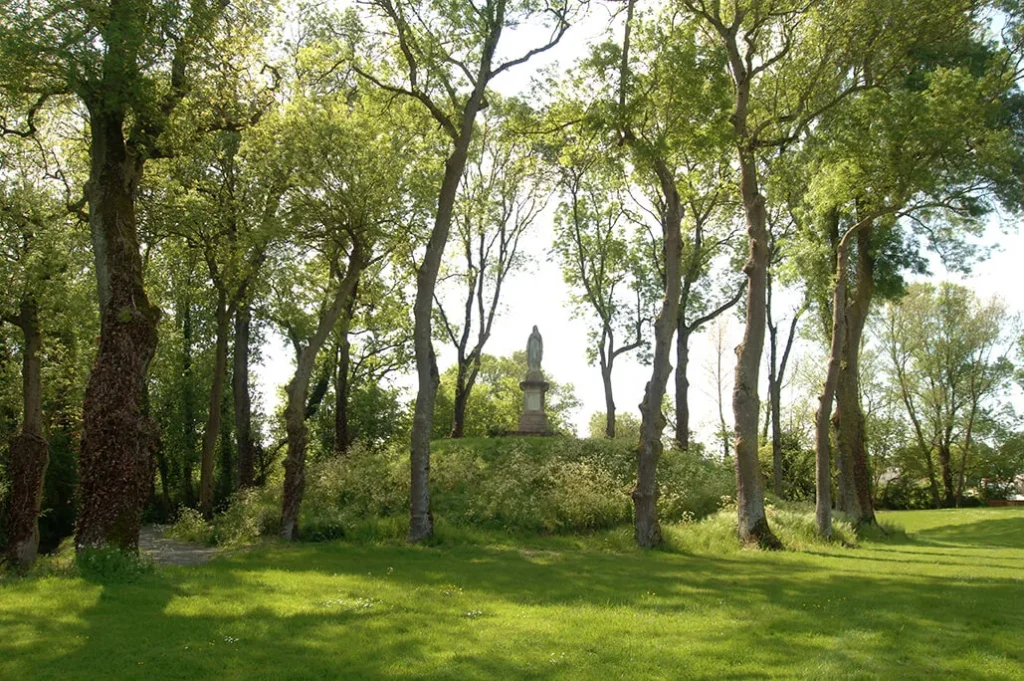
The former presbytery
A cross on the stone wall still bears witness to its former function. Have you found it? This old building has a chimney known as the "maraîchine". From the church towards Sallertaine, the name "rue de la fontaine" comes from a spring that once served as a supply point for the entire population. Today, nothing remains of the building, but water still flows around it.
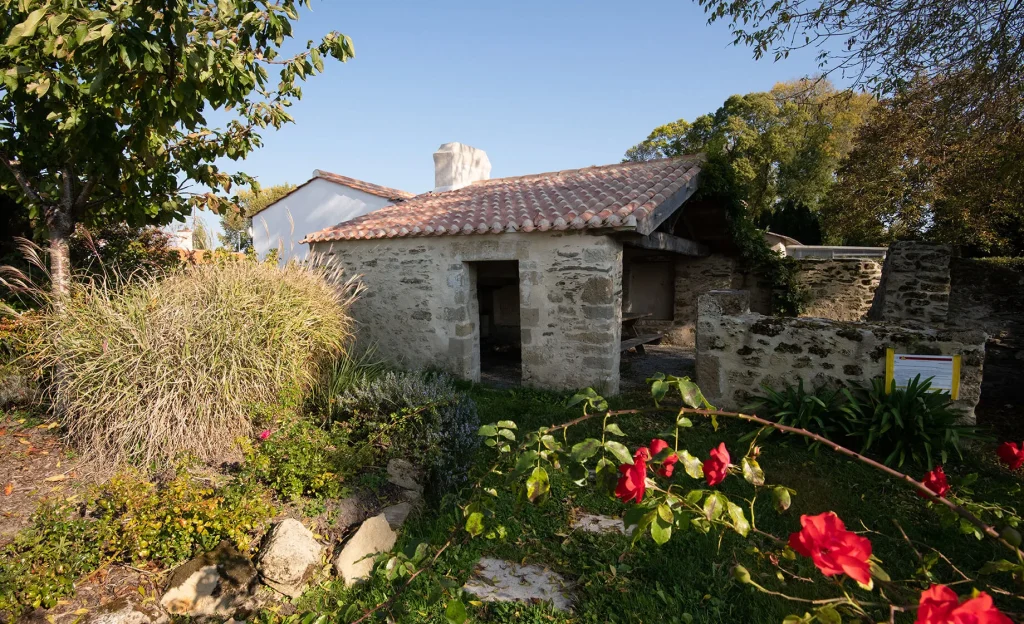
Notre-Dame-de-l'Assomption church
Replacing a 12th-century chapel, the church was built around the 15th century. Rebuilt in 1875, the building houses a remarkable treasure: one of the oldest bells in the Bas-Poitou region, dating from 1487 and listed as a Monument Historique in 1965. The bell escaped revolutionary vandals. It was discovered by chance when the bell tower was being rebuilt, and restored. Since 2000, it has been on display in the church porch.
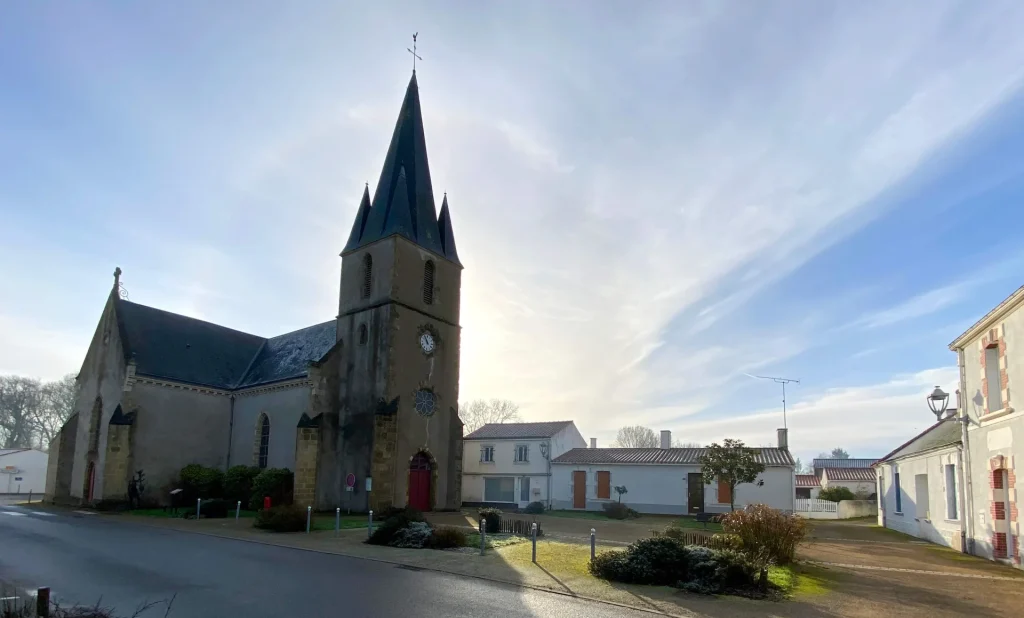
The bistro
This was the village's main shopping area, of which all that remains today are the shopfronts. In the 1930s, two grocery shops and a tobacconist's shop lined the church forecourt, as did a 3rd grocery shop (in rue de la Fontaine) and another tobacconist's shop, located in what is now "Le Parlange". The bakery was located near the Sacré-Coeur.
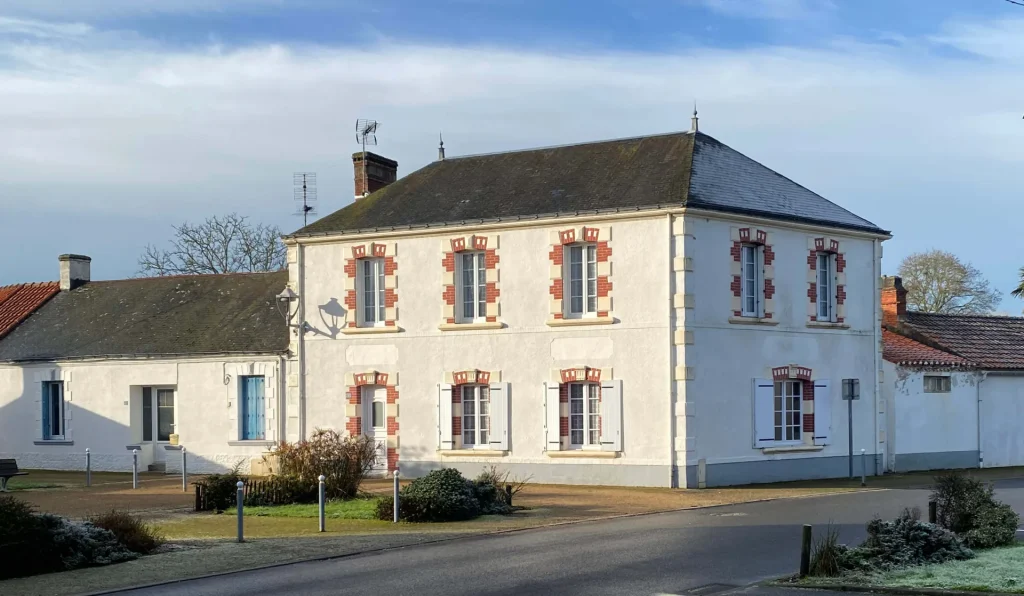
Rue Rivaudeau
André de Rivaudeau gave his name to the main street in Châteauneuf. Born in Fontenay-le-Comte in 1538, a poet and gentleman from the Bas-Poitou region, he lived in Châteauneuf from 1562 to 1570 in a house outside the town at La Groizardière; it was here that he composed most of his works. He wanted to make a name for himself in literature. He held Pierre de Ronsard and all the poets of the Pléiade in high esteem. His motto was: "Qui a esté bien caché, a bien vescu!
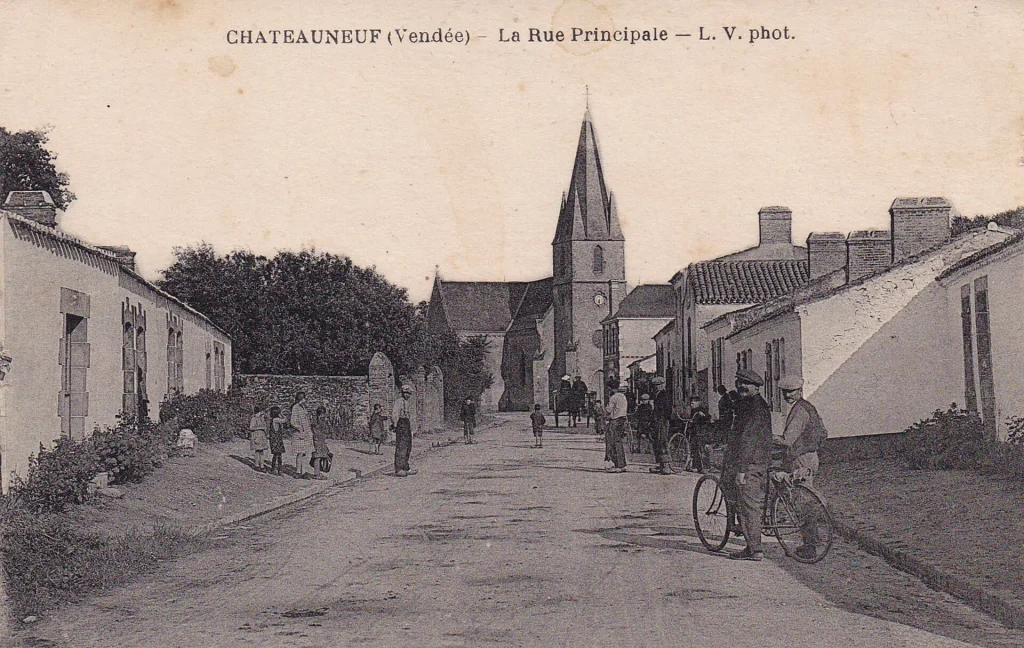
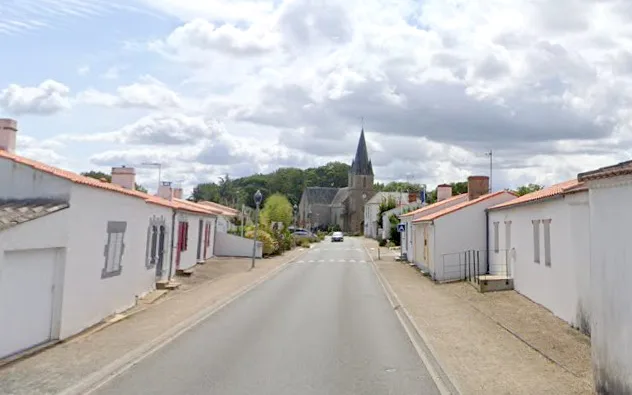
Le Sacré-Cœur
André de Rivaudeau gave his name to the main street in Châteauneuf. Born in Fontenay-le-Comte in 1538, a poet and gentleman from the Bas-Poitou region, he lived in Châteauneuf from 1562 to 1570 in a house outside the town at La Groizardière; it was here that he composed most of his works. He wanted to make a name for himself in literature. He held Pierre de Ronsard and all the poets of the Pléiade in high esteem. His motto was: "Qui a esté bien caché, a bien vescu!
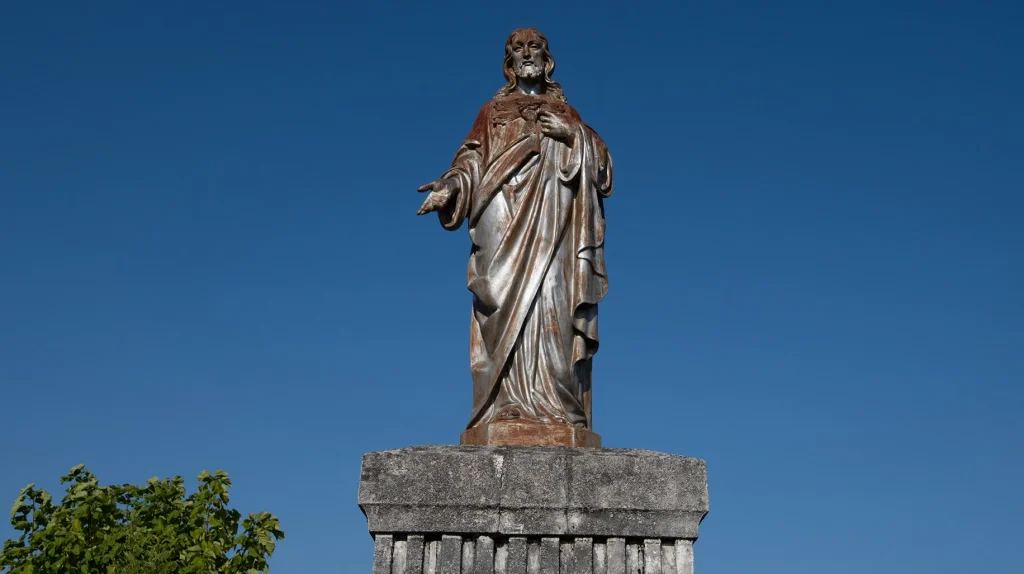
The Cross of Heroes
The croix des Héros or Aireaux is a reminder of the French Revolution and the Vendée wars, in particular the battle that took place on 6 December 1793 at Châteauneuf. General Charette fought against the Republicans, commanded by General Haxo, in the woods near the Maison Neuve farm (botanical trail near the cemetery).
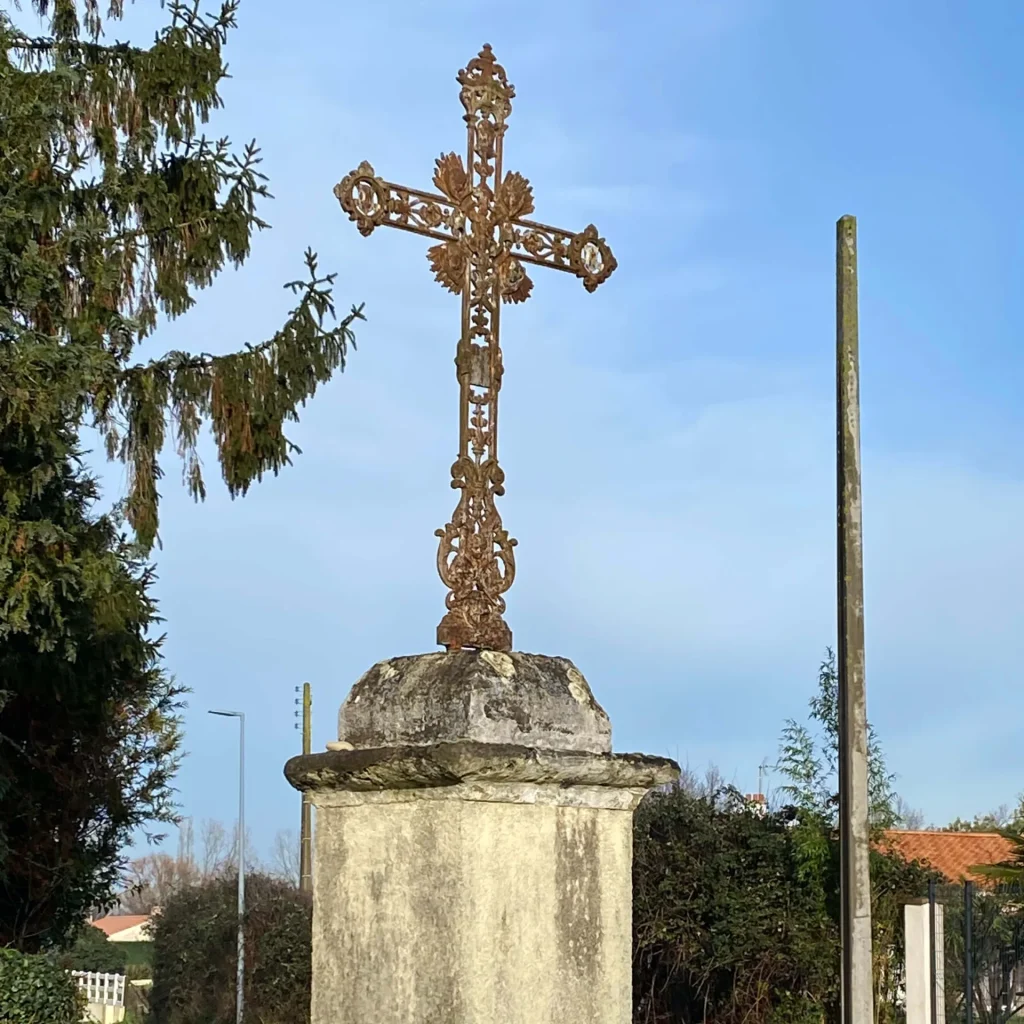
The little mill
Built in 1703 on the foundations of a 16th-century wooden pivot mill, the small mill has belonged for over 300 years to the VRIGNAUD family, millers from father to son, who ran it until 2015. The mill was raised by 3 metres in 1892 with the addition of a second storey. In the past, this was the site of the St John's Day festivities.
